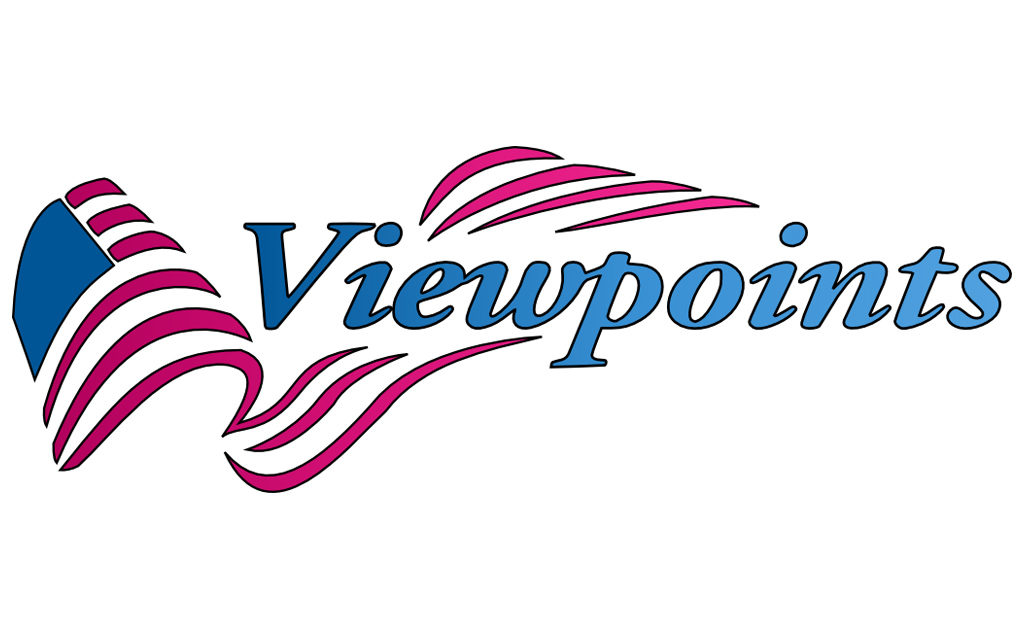Commentary by Bill Bullard, CEO, R-CALF USA
Recently, a colleague from the sheep industry, Carson Jorgensen, and I met with White House officials to discuss our plan for rebuilding and expanding our shrunken cattle and sheep industries. Our mission was not only to keep our message simple but also to provide compelling evidence showing that the policies we’ve been subjected to for the past few decades have been a complete failure.
We prepared a handout containing slides that show that cattle and sheep producers face two interrelated perils: unrestrained globalism and marketplace concentration. We explained that the combination of these two perils is gutting our industries’ competitive infrastructure (i.e., our participants, livestock herds, feedlots, and marketing opportunities). The result is the hollowing out of rural communities, the weakening of our rural economies, and a very real threat to national security.
The handouts showed how the United States is becoming increasingly dependent on imported food, which dependency is itself a threat to national security. We showed that over the course of the past few decades, America’s dependency on foreign beef and cattle imports doubled from 11% in 1980 to 22% in 2024, and the dependency on imports has grown much worse in the sheep industry, growing from under 10% in 1980 to an alarming 73% in 2024.
Jumping right to the plan we presented to the White House officials, we asked for the establishment of a phased-in tariff rate quota system that would limit the volume of lamb and mutton imports sufficiently to allow our domestic sheep industry to recapture at least 50% of the domestic sheep market over several years without disrupting domestic consumption.
And for the cattle industry, our plan also called for the establishment of a phased-in tariff rate quota system, but one that would limit the volume of beef and cattle imports sufficiently to provide our domestic industry the “space” it needs to rebuild and expand its shrunken herd and to increase domestic production so it can recapture a 90% share of the domestic market.
For both the sheep and cattle industries, our plan also calls for tariffs on the imported lamb, cattle, and beef that would continue entering our domestic market until the upper bounds of the tariff rate quotas are met. We explained that these tariffs need to be high enough to offset the distinct price advantage enjoyed by imported lamb, cattle, and beef, including for reasons such as currency misalignment.
Regarding live cattle imports, we explained that calves born in a foreign country and exported to the United States at any weight effectively displace the opportunity for domestic cattle producers to increase the number of breeding cows in their U.S. herd. In other words, if demand remains constant and globalists import 2 million head of live cattle, there would not be an incentive for the U.S. cattle industry to expand its cow herd so it could breed and raise those 2 million head that are being sourced abroad.
This is a most fundamental concept that every administration prior to this one, from the early 90s on, just simply didn’t comprehend.
If you flood the domestic market with cheaper beef, cattle, and lamb imports, then those imports will weaken domestic prices, and the U.S. will lose its financial incentive to continue producing beef, cattle, and lamb to meet our growing population. This will then cause our domestic industries to shrink and consumers to become more and more dependent on imports. And this, of course, is the recipe for weakening national security.
The Trump administration’s plan is for United States producers and manufacturers to begin producing more of what we consume here in America, so our plan for rebuilding and expanding our shrunken cattle and sheep industries using tariffs and tariff rate quotas is completely consistent with the president’s strategy.
Also completely consistent with President Trump’s economic strategy is the third leg of our plan that we presented to the President’s staff – implementation of mandatory country of origin labeling for beef so there is full transparency in the retail beef market; enabling domestic producers to distinguish their superior beef to U.S. consumers, and empowering U.S. consumers to support American farmers and ranchers.
So, tariff rate quotas, tariffs, and MCOOL were our top three requests for reversing the downward trending trajectories of our cattle and sheep industries.
But, of course, more reforms are needed to help further strengthen the competitiveness of our U.S. cattle industry, and we asked for three.
–A ban on the use of unpriced contracts that grant global beef packers undue leverage over domestic cattle prices.
–The repeal of the beef checkoff program, which has been used by the industry to block needed industry reforms like MCOOL.
–An end to the government’s new electronic eartag mandate, which infringes on producers’ liberties and freedoms.





